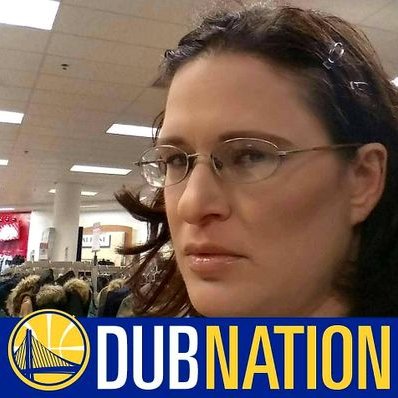 Part of good customer service is maintaining a website with contact information, including a phone number, and links to social networking icons. The Customer Experience Impact Report 2010 found that 82 percent of Americans report that they stopped doing business with companies because of poor customer service.
The author of an AdAge article took a look at the homepages of the Fortune 50 companies and found that 47 of them did not have a phone number listed. Some of the homepages didn't have Facebook (FB) and Twitter icons. Interestingly, AT&T and Verizon are two of the companies that do not have phone numbers listed on their homepages. The only three companies, according to the Adage article, with phone numbers listed on their homepages are Dell, Home Depot and Lowe's.
I decided to conduct my own survey of the homepages of Fortune 50 companies to see which ones included FB & Twitter icons. I also decided to look at the "contact" pages of the companies to see if they included a toll free number. What I discovered is that Dell, Lowe's and Home Depot all have toll free numbers listed on their homepages. However, Dell does not have FB & Twitter icons, but both Lowe's and Home Depot do.
I found that only thirteen companies have FB & Twitter icons on their homepages, and a toll free number listed on their contact pages. Only seven companies have FB & Twitter icons on their homepages, but no toll free numbers listed anywhere. Thirteen companies have toll free numbers listed on their contact pages, but no FB & Twitter icons on their homepages. There are 17 companies without either icon on their homepages nor toll free numbers listed anywhere on their websites.
A phone number in general is an important thing for a company to list on its website, preferably on the homepage. Social networking icons, namely FB & Twitter are equally as important. An IBM Institute of Business Value study found that 49.5 percent of consumers selected online channels as their top preference for gathering information about insurance.
“Our findings show that the customer of the future is diverse and multi-modal. Consumers prefer interaction point choices. They can and will switch insurers if their preferred interaction points are not available,” said Primo Aguas, an IBM ASEAN executive based in Kuala Lumpur.
Photo: Channelship
Part of good customer service is maintaining a website with contact information, including a phone number, and links to social networking icons. The Customer Experience Impact Report 2010 found that 82 percent of Americans report that they stopped doing business with companies because of poor customer service.
The author of an AdAge article took a look at the homepages of the Fortune 50 companies and found that 47 of them did not have a phone number listed. Some of the homepages didn't have Facebook (FB) and Twitter icons. Interestingly, AT&T and Verizon are two of the companies that do not have phone numbers listed on their homepages. The only three companies, according to the Adage article, with phone numbers listed on their homepages are Dell, Home Depot and Lowe's.
I decided to conduct my own survey of the homepages of Fortune 50 companies to see which ones included FB & Twitter icons. I also decided to look at the "contact" pages of the companies to see if they included a toll free number. What I discovered is that Dell, Lowe's and Home Depot all have toll free numbers listed on their homepages. However, Dell does not have FB & Twitter icons, but both Lowe's and Home Depot do.
I found that only thirteen companies have FB & Twitter icons on their homepages, and a toll free number listed on their contact pages. Only seven companies have FB & Twitter icons on their homepages, but no toll free numbers listed anywhere. Thirteen companies have toll free numbers listed on their contact pages, but no FB & Twitter icons on their homepages. There are 17 companies without either icon on their homepages nor toll free numbers listed anywhere on their websites.
A phone number in general is an important thing for a company to list on its website, preferably on the homepage. Social networking icons, namely FB & Twitter are equally as important. An IBM Institute of Business Value study found that 49.5 percent of consumers selected online channels as their top preference for gathering information about insurance.
“Our findings show that the customer of the future is diverse and multi-modal. Consumers prefer interaction point choices. They can and will switch insurers if their preferred interaction points are not available,” said Primo Aguas, an IBM ASEAN executive based in Kuala Lumpur.
Photo: Channelship


Gina-Marie is a freelance writer and journalist armed with a degree in journalism, and a passion for social justice, including the environment and sustainability. She writes for various websites, and has made the 75+ Environmentalists to Follow list by Mashable.com.














